There are different ways to innovate. Adopting the right innovation posture in a project means ensuring the coherence of the human and material resources that are mobilized for the success of the project as well as the relevance of the efforts that are made.
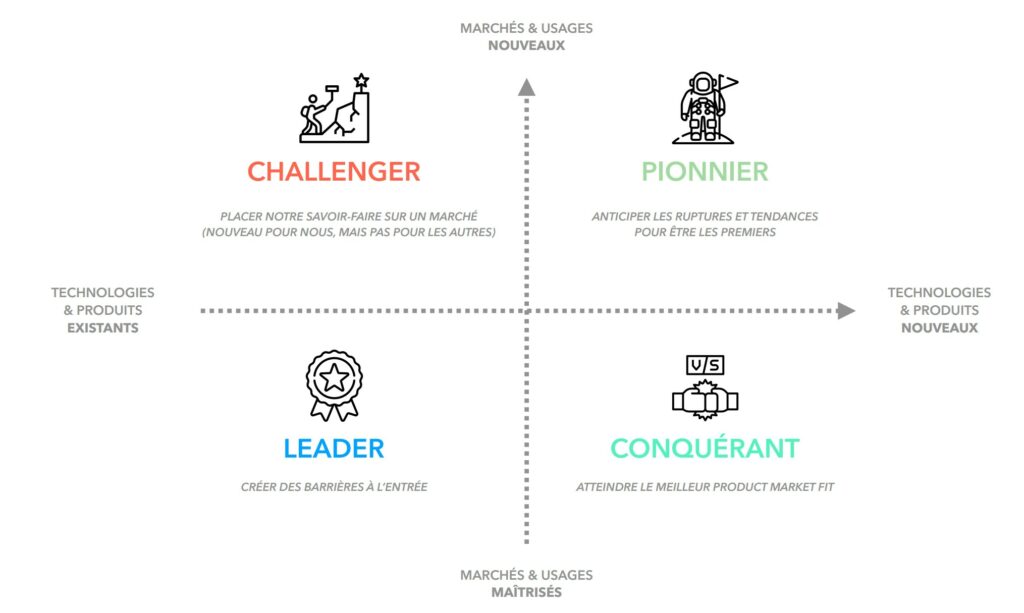
In our 4-zone representation (above), each innovation posture responds to an objective (e.g., creating barriers to entry) that will condition its development.
LEADER is the main posture of low-radicality projects, i.e. where one masters both the product or technology solutions and the target market. LEADER, as its name indicates, seeks to remain so. Thus, a project in this posture must focus on creating technological and/or legal barriers (advantages) to remain competitive.
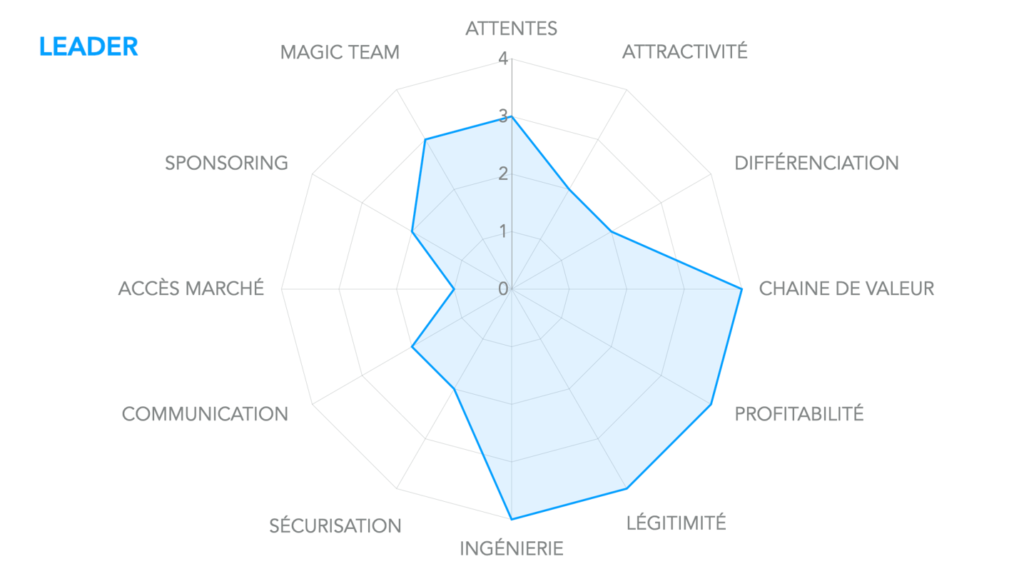
The CONQUEROR masters its market and has identified that users’ needs are no longer met by existing solutions on the market. Based on this observation from the field, a CONQUERANT project will require an important work of translation of the new functional needs of the market into solutions, functionalities for a future product to be released.
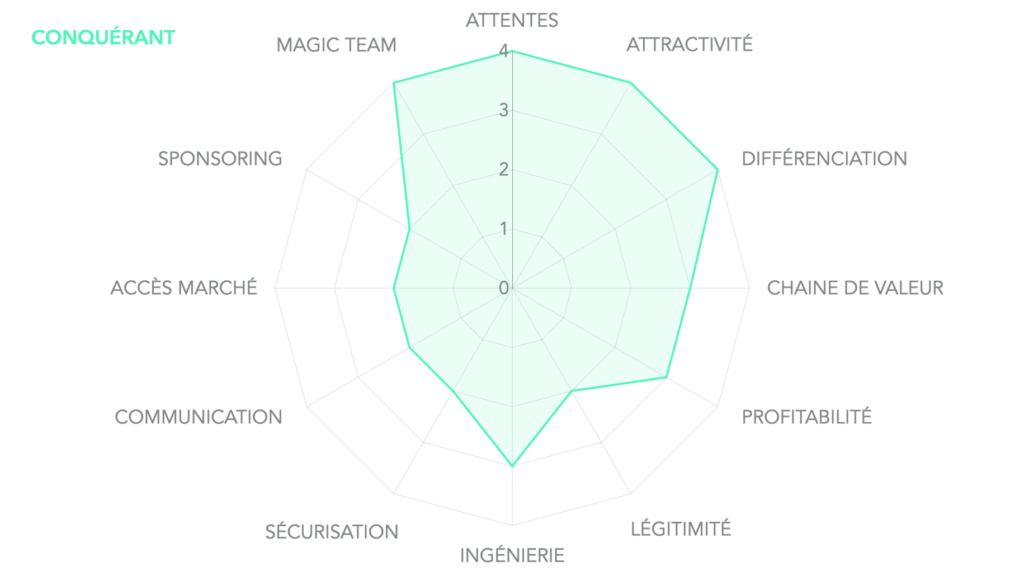
The CHALLENGER is the least obvious position to take since it involves venturing into a potentially unknown market. Unknown means that the market in question is potentially already “locked in” by players who are leaders and therefore have a head start on the prices and services offered. This is why a CHALLENGER project must insist on understanding the ecosystem of the targeted market and the value chains that are already in place to produce the existing solutions on this market.
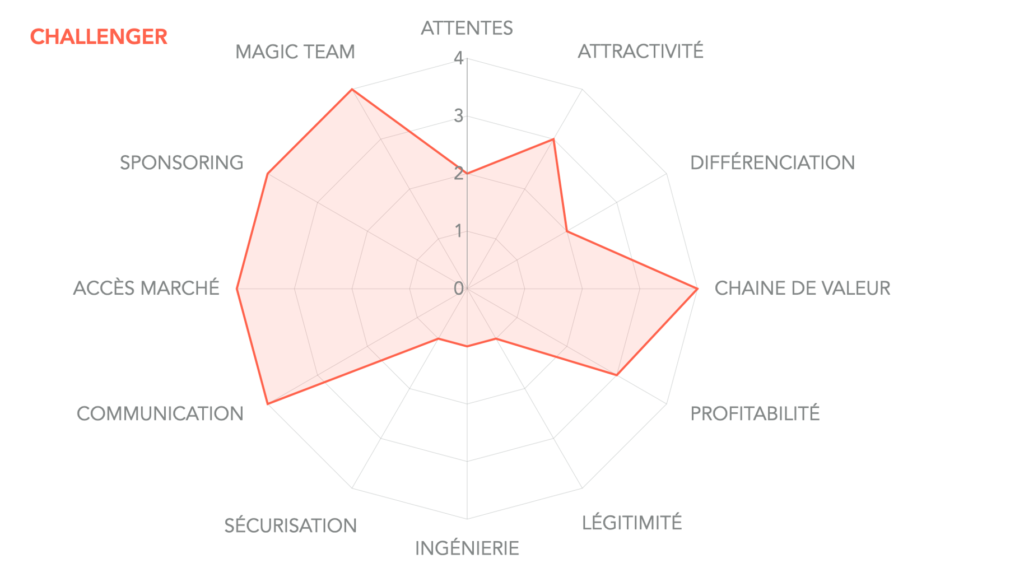
The PIONEER is focused on the long term, with the certainty that new market movements and/or technological or societal breakthroughs will disrupt certain markets. With the desire to be ahead of these developments, a PIONNIER project focuses on its R&D and foresight work to prepare for future experiments that may involve long periods of technological maturation.
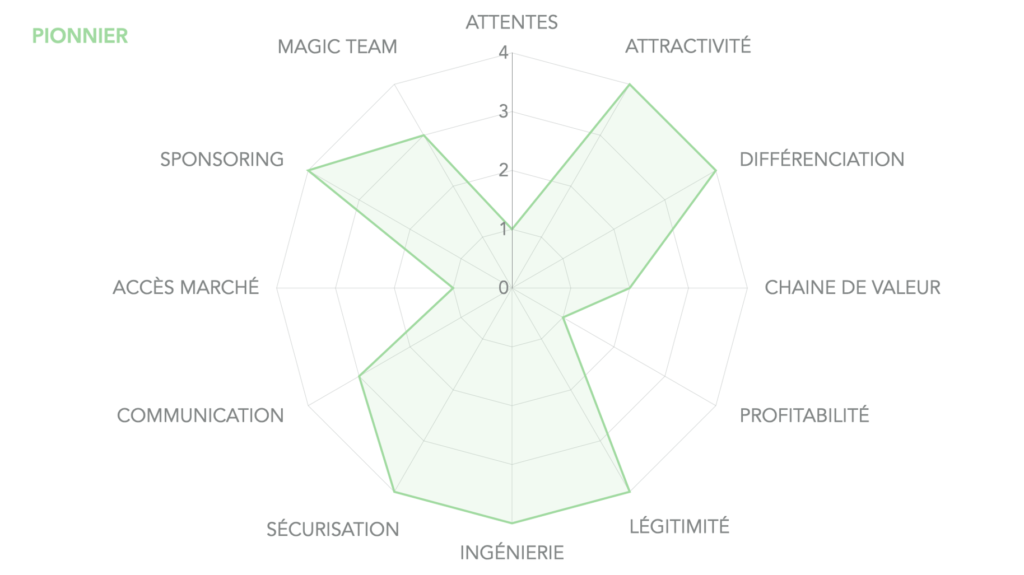
The innovation posture can positively influence the decisions and investments of a project by avoiding spending too much energy on tasks that are unnecessary for the intended purpose.
Example: An organization can build into its innovation strategy (and budget) the goal of having launched 50% LEADER projects, 20% CONQUERANT projects, 20% CHALLENGER projects and 10% pioneer projects per year.